Introduction
Yes, dogs can eat red rice. In fact, if introduced to the dog’s diet, red rice brings tons of health benefits. The grain has all the nutrients of the white rice plus the added boost of anthocyanin, which gives the red color.
However, it should be noted that red rice is an addition to the diet and not a staple. Although it can be fed more frequently, portion size is an important factor, and owners need to keep in mind that dogs are carnivores.
Why is Red Rice Good for Dogs?
Red rice is good for dogs because it has various health-boosting nutrients and can soothe the dog’s stomach. Plus, its taste and texture are pleasing for most dogs. Here are some of the reasons red rice is good for dogs.
High in Dietary Fiber
Red rice is rich in dietary fiber. Dietary fibers are vital for maintaining normal digestive processes. They can be used to combat both constipation and diarrhea. Plus, they promote cardiovascular health and manage blood pressure and blood sugar levels.
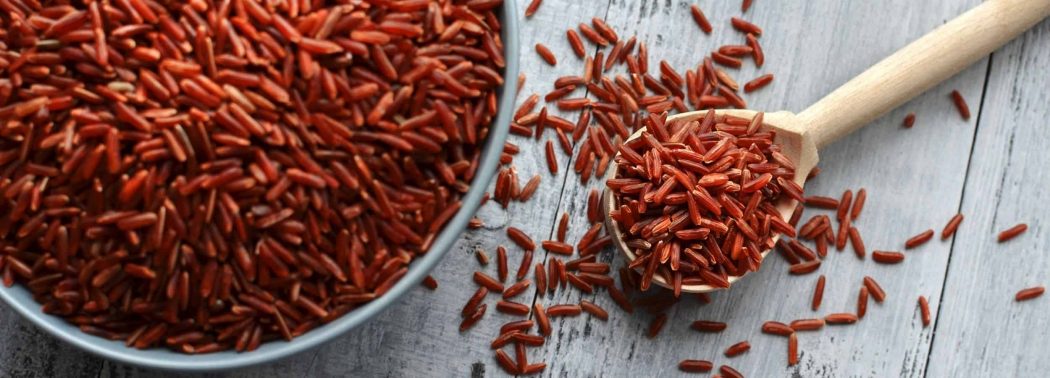
Rich Mineral Profile
Red rice is packed with several minerals such as iron, calcium, potassium, zinc, and magnesium. These minerals are vital for several body functions and processes.
Gluten-Free Grain
Red rice, just like any other rice type, is a gluten-free grain. Although gluten sensitivities in dogs are not as common as most owners believe, it is good to know there is a gluten-free grain alternative for dogs with gluten allergies.
Loaded with Antioxidants
Red rice contains a group of compounds called anthocyanins. These are, in fact, antioxidants – give the unique red color to the grain and come with several benefits. For example, antioxidants prevent cellular damage and decrease the risk of certain types of cancer.
Promotes Weight Loss
If used responsibly, red rice can contribute to weight loss. Namely, the high carb and fiber content will keep the dog satiated for long, thus preventing hunger episodes and overeating.
Supports Healthy Skin
The unique blend of antioxidants, minerals (zinc, iron), and vitamins (vitamin A) in red rice contribute to skin health and prevent various skin-related problems. Skin issues in dogs are a widespread ailment.
Can Red Rice be Bad for Dogs?
Yes, red rice can be bad for dogs. Red rice is healthy and tasty, but it must be fed in moderation. If served daily or as a substitute for otherwise complete and balanced nutrition, red rice can be hazardous.
So, before making red rice a staple and giving it every day or in large amounts, you need to carefully consider the potential risks. Here is a more detailed review of the reasons red rice can be bad for dogs.
Diabetes Risk
Giving your dog too much red rice increases its risk of developing diabetes. Red rice should also be used with caution in diabetic dogs. Although red rice has a lower glycemic index than white rice, it still requires careful menu implementation.
Weight-Gain and Obesity
Since rice is high in carbohydrates, it can lead to weight gain and obesity if misused. Weight gain and obesity are hazardous in dogs since they increase the likelihood of developing certain conditions and aggravating other pre-existing ailments.
Pesticide and Fertilizers
Red rice is usually grown in countries with low-cost labor, and the production practice often includes heavy use of pesticides and fertilizers. Prolonged exposure to such chemicals can be detrimental to the dog’s health, the same way it is harmful to humans.
Choking Hazard
Because of its sticky texture, red rice can pose a choking hazard, especially for dogs that tend to gulp down food. If a red rice grain ends up in the wrong pipe, it will make the dog choke or, best-case scenario, trigger a coughing episode until the rice is expelled.
How Much Red Rice Can my Dog Eat?
Red rice is a dog-friendly grain. However, to ensure safe feeding, pet owners need to stick to the recommended serving guidelines. Since red rice classifies as a treat, it can comprise up to 10% of the daily food intake.
To be more precise, a medium-sized dog can eat ¼ of a cup of red rice per serving. As for the feeding frequency, two or three times per week is usually enough. Small dogs should eat smaller portions, and larger dogs can eat more.

How to Prepare and Serve Red Rice for Your Dog?
Luckily, preparing and serving red rice to your dog is easy and convenient. Namely, red rice is readily available in stores, and the preparation is quick and straightforward. You just need to go shopping and then boil the red rice plain (no salt, spices, or other seasonings).
It is important to use regular red rice and avoid the pre-packed red rice meals that contain added ingredients (dry veggies, spices), as some of them may be harmful to dogs.
Once the red rice is boiled, you need to let it cool down and then serve. You can serve the red rice alone or mix it with steamed or boiled dog-friendly vegetables such as carrots, peas, or broccoli. Alternatively, you can combine it with commercial kibble.
Summary
All things considered, dogs can eat red rice. Red rice is healthy food for your dog and an easy one to prepare for dog owners. Red rice is packed with nutrients, and dogs usually love its taste and texture.
However, as with any other human food for dogs, caution is required. Following the feeding guidelines (serving the right amount of red rice and with the right frequency) is critical.
If your dog likes red rice, add it to the menu, and rest assured your dog is enjoying the health benefits. On the other hand, if it dislikes red rice, do not worry – there are other healthy grains for dogs.
Sources
- Zinc Supplements for Dogs: Do They Really Work, and Are They Necessary?, Nia Martin, 2020
- Gluten Allergies in Dogs, Hannah Hollinger, 2022
- Diabetes in Dogs: Symptoms, Causes, & Treatment, AKC Staff, 2016
- Obesity in Dogs, Krista Williams, BSc, DVM; Robin Downing, DVM, CVPP, CCRP, DAAPM, 2021
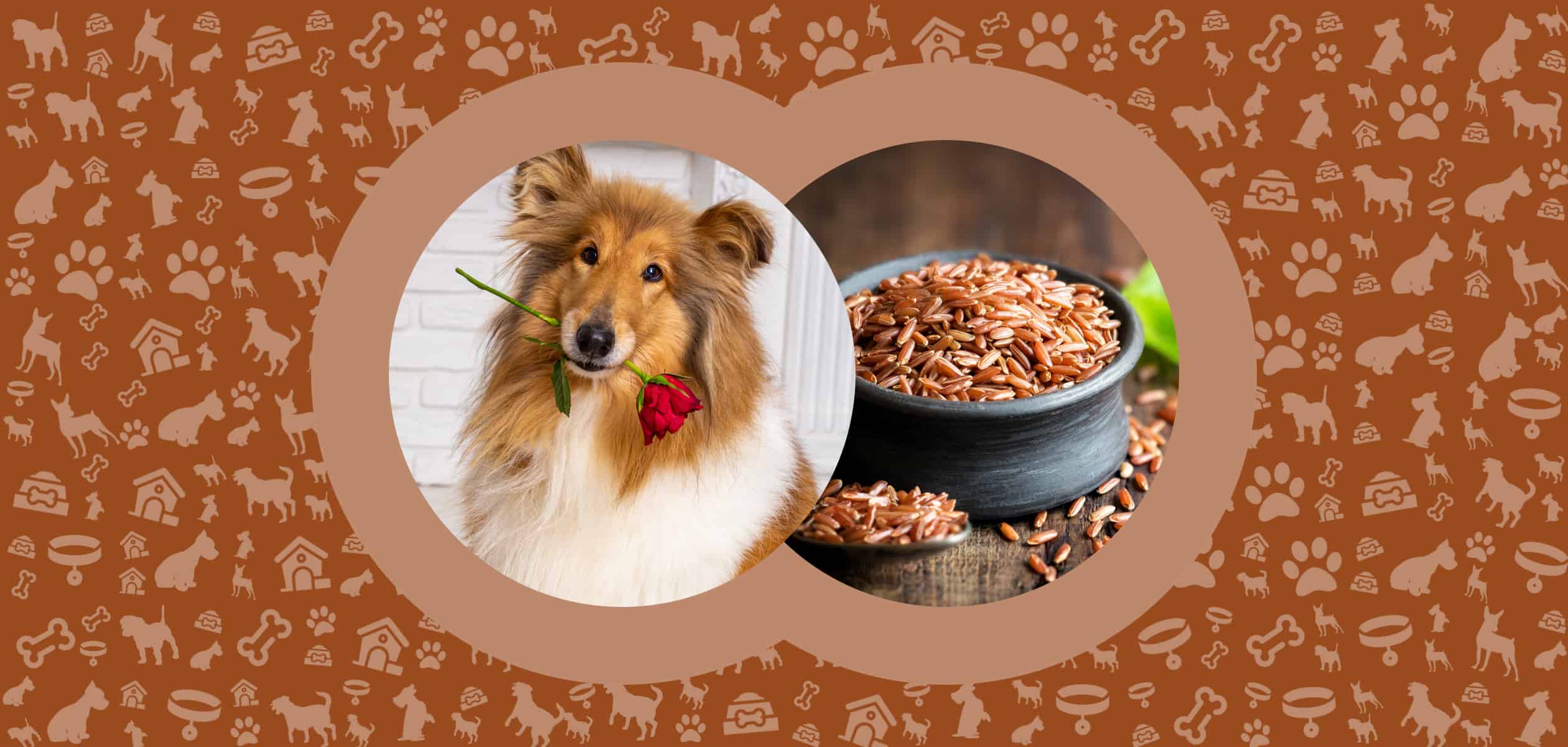



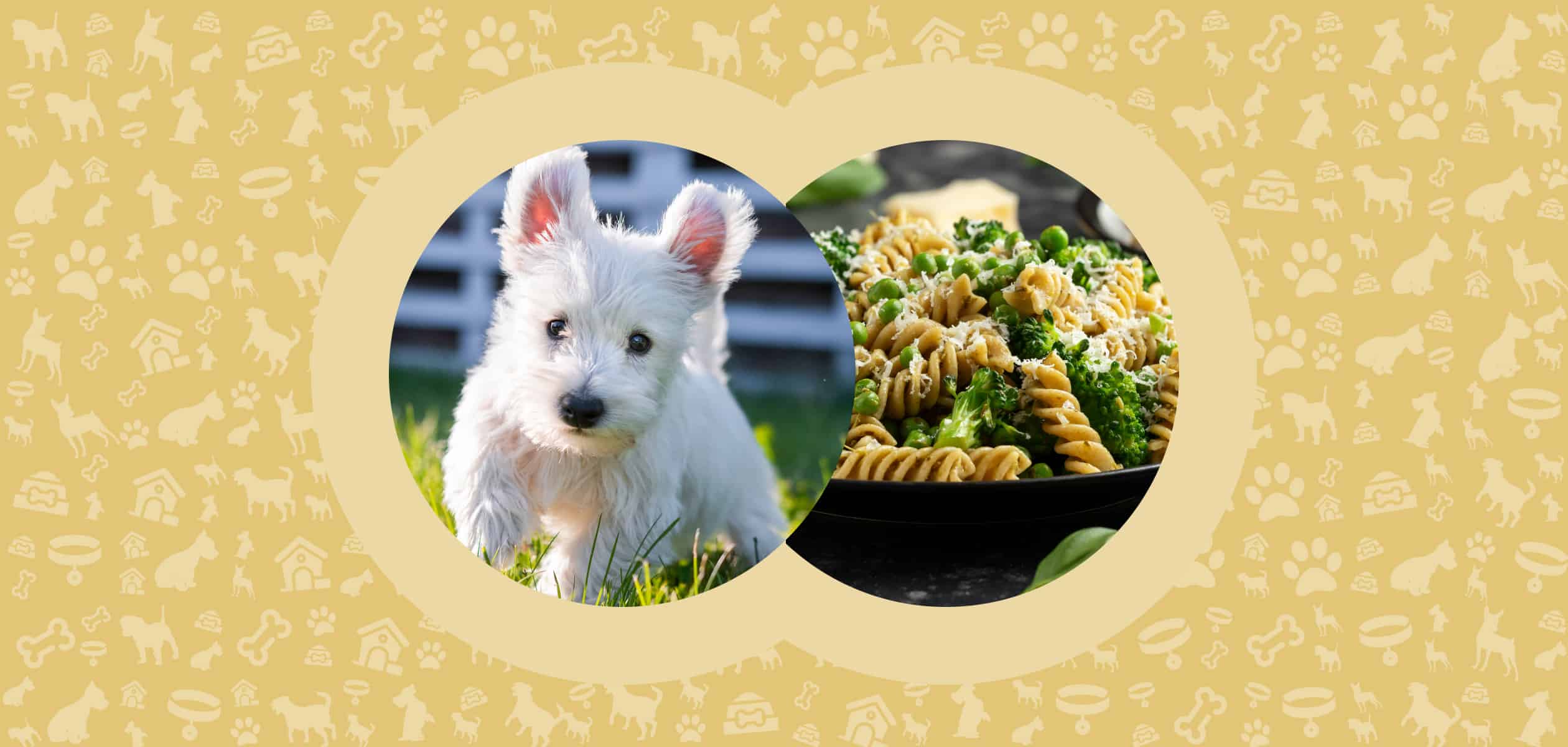
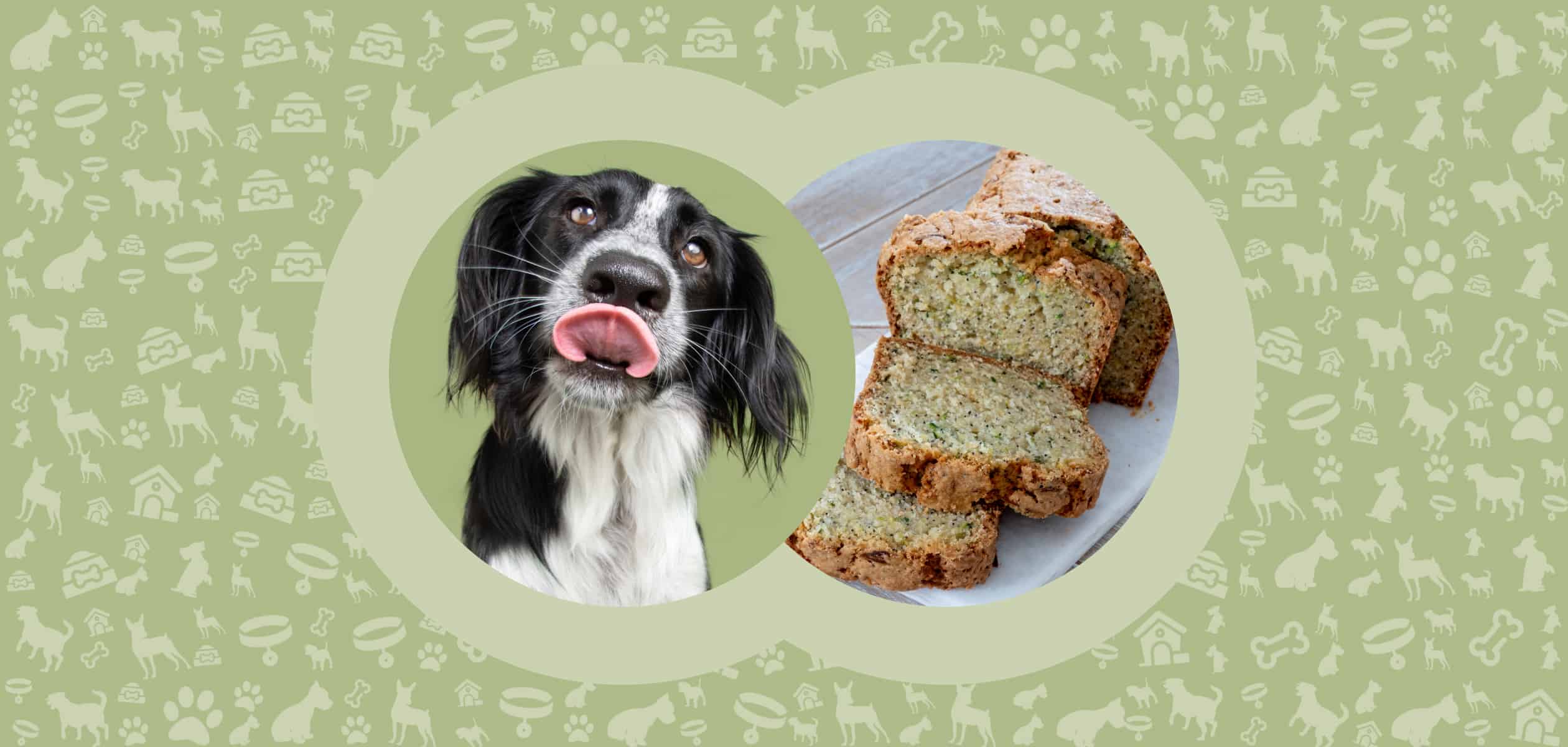
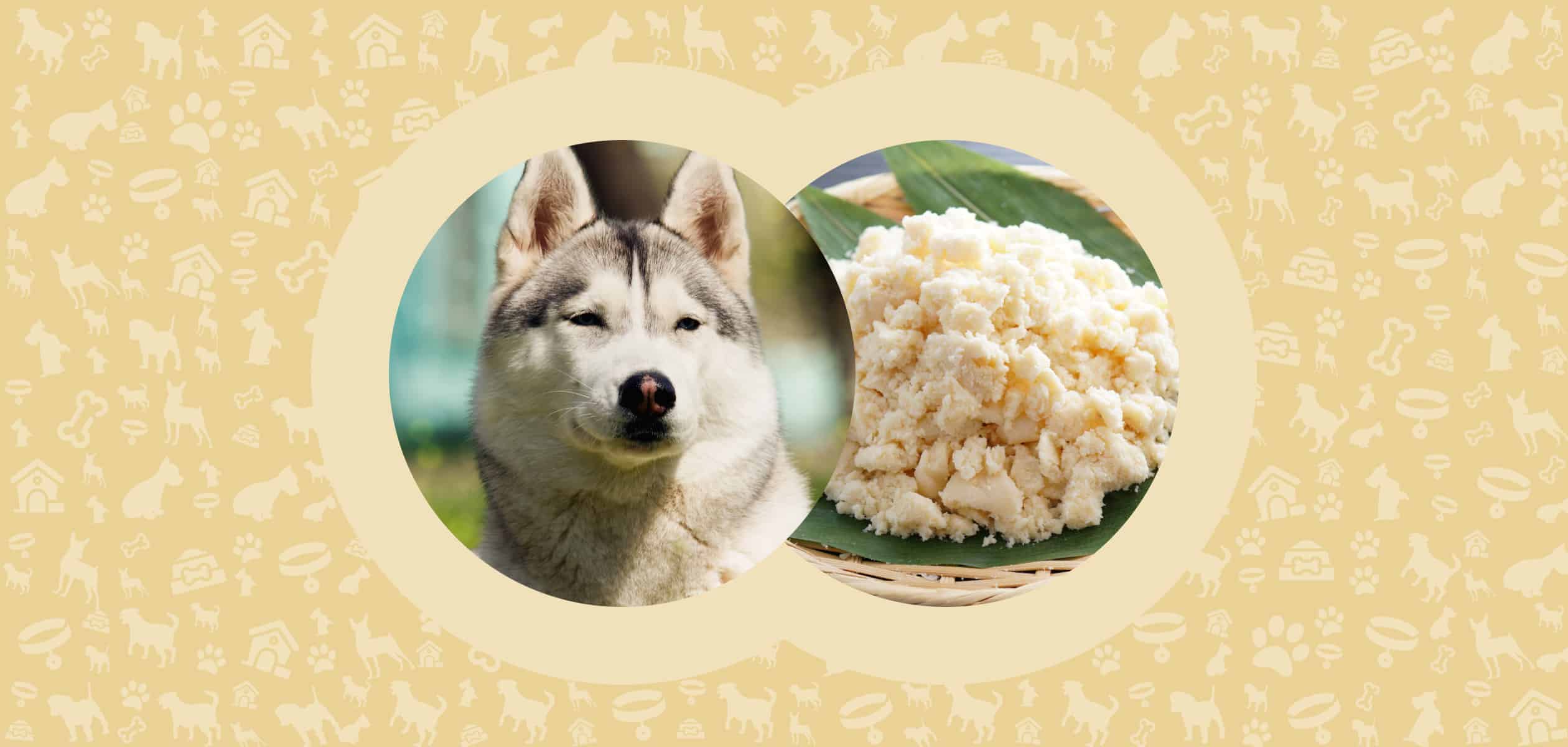
Leave a Comment